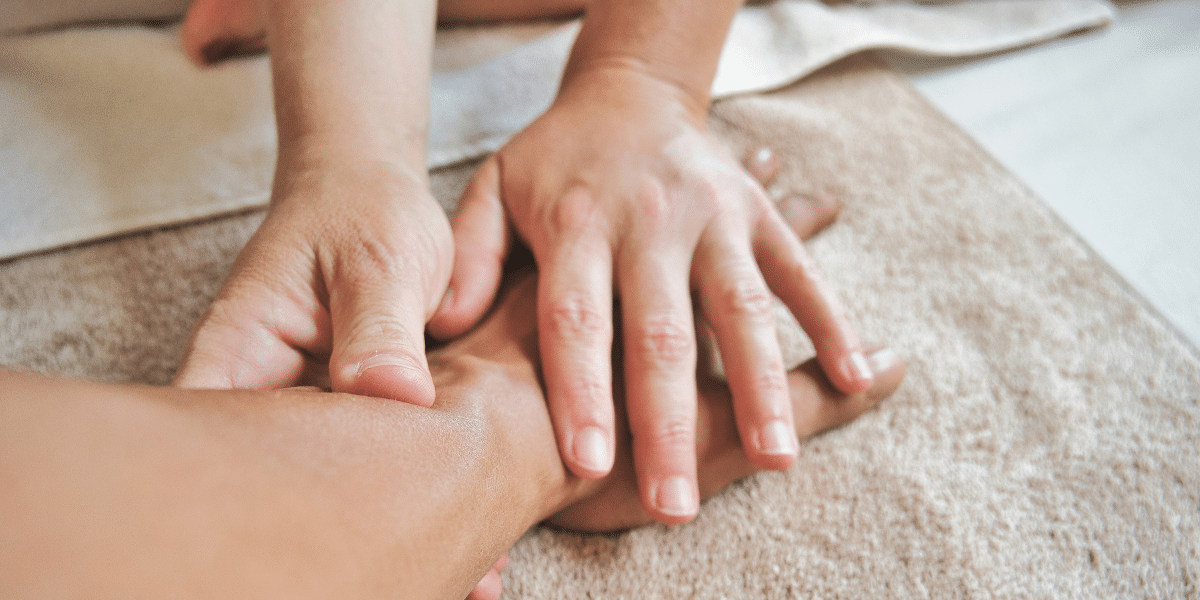Exploring the world of Thai therapeutic massage is a journey. This ancient form of massage therapy combines techniques and principles. It’s not just about relaxation; it’s a holistic healing experience.
What exactly can one expect during their first session? We’ll guide you through understanding Thai therapeutic massage. Plus, we’ll offer tips on how to prepare.
This guide aims to make your first experience as beneficial as possible. Discover the unique aspects that set Thai massage apart. Join us in unraveling the benefits of this profound massage therapy.
What Is Thai Therapeutic Massage?
Thai therapeutic massage, also known as Nuad Boran or traditional Thai massage, originated in Thailand over 2,500 years ago. It combines elements of Ayurvedic medicine, yoga, and Chinese medicine to create a unique healing experience.
Thai massage is performed on a mat on the floor rather than a massage table. The practitioner uses their hands, elbows, knees, and feet to apply pressure to specific points on the body while also stretching and manipulating the muscles. This combination of techniques works to release tension and improve well-being.
What Are the Benefits?
Thai therapeutic massage offers a variety of benefits for physical and mental health. Some of the most commonly reported benefits include improved circulation, increased flexibility, relief from muscle and joint pain, reduced stress and anxiety and improved sleep.
The stretching aspect of Thai massage also helps to improve posture and range of motion in the joints. Many people find that the meditative nature of Thai massage helps to promote a sense of calmness and relaxation.
For those living in or visiting the bustling city, finding traditional Thai therapeutic massage therapy in New York can be a rewarding experience. The city’s diverse therapeutic massage offerings include many spots where skilled practitioners deliver this ancient form of healing. It allows even the busiest New Yorkers to enjoy its rejuvenating effects.
What Can One Expect During a Session?
Before the session begins, the practitioner will conduct a brief consultation to discuss any health concerns or problem areas. The massage itself usually lasts 60-90 minutes and is performed fully clothed, so wearing comfortable, loose-fitting clothing is necessary.
During the session, the practitioner will use their hands, elbows, knees, and feet to apply pressure to specific points on the body while also incorporating gentle stretching and joint manipulation. The pressure can range from gentle to firm, depending on the individual’s needs and preferences. The practitioner may also use herbal compresses or balms during the session to further enhance the therapeutic benefits.
How to Prepare for a Session
To get the most out of your Thai massage experience, it is recommended to arrive well-hydrated and on an empty stomach. It will help to cut discomfort during stretches and allow for a more comfortable experience.
It is also crucial to communicate openly with the practitioner about any health concerns, injuries, or areas of tension before the session begins. Be prepared to wear loose-fitting clothing that allows for ease of movement during the massage.
Consider These Guides for Thai Therapeutic Massage
Thai therapeutic massage goes beyond mere relaxation. It’s a profound healing process. This massage experience can rejuvenate both the mind and body.
Ensure you’re ready for a unique massage experience. Trust the process and the skilled practitioner’s hands. Every massage experience is a step towards wellness.
The benefits of Thai therapeutic massage are unmatched. Your first session will be memorable, indeed.
Welcome this ancient healing into your life. It promises a richer, more balanced state of being.
Did you find this article helpful? If so, check out the rest of our site for more informative content.
Published by: Nelly Chavez


















